Hidden Details of "The Shawshank Redemption" That Make This Film Even Greater (12 photos)
The Shawshank Redemption is often called the best prison film—and not just because it tells the story of a daring escape. It's a story of incredible fortitude, determination, and the ability to believe in the light even in the darkest of circumstances. 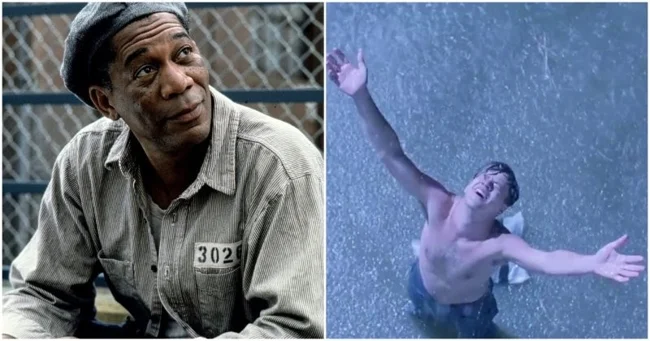
Based on Stephen King's novella "Rita Hayworth and the Shawshank Redemption," Frank Darabont's film has become one of the most beloved films of modern times. The story of Andy Dufresne—how he spent 19 years behind bars and accomplished the impossible—inspires a profound sense of satisfaction and admiration. 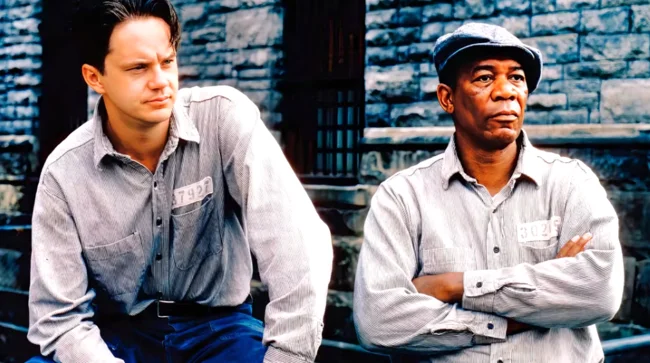
But the more times you watch the film, the more hidden details, hints, and Easter eggs you notice that highlight the genius of the direction and screenplay. Many of them are directly connected to the ending, which seems unexpected even to Andy's closest friend, Red.
However, upon closer viewing, it becomes obvious: everything was planned out in advance, and every element of the film works to reveal the hero's character and his path to freedom.
Seven Bullets – or Why Andy Couldn't Be the Killer 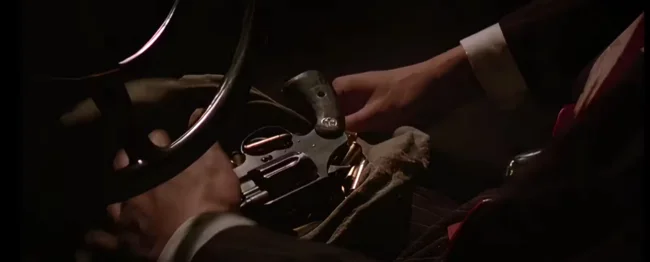
From the very beginning, we are immersed in the crime story: Andy Dufresne is accused of murdering his wife and her lover. He had a motive; he himself admits to arriving at their "love nest" with a gun while intoxicated. At first glance, everything points to his guilt.
However, one key moment in the trial reveals the truth. The prosecutor claims eight shell casings were found in the house, meaning Andy must have reloaded his revolver, which only holds six bullets.
But here's the rub: in the scene where we see Andy loading the gun (the hands in the frame, incidentally, belong to director Frank Darabont himself), there are only eight bullets lying next to him: one already in the clip, five on the left, and two on the right. After he loads the revolver, the remaining bullets remain in place—not a single one disappears.
That is, he only had six bullets. If the victims were killed with eight shots, then there's no way Andy could have done it. This subtle hint is one of the first pieces of evidence of his innocence, which the viewer can only discern with careful viewing.
The Royal River is a reference to the world of Stephen King 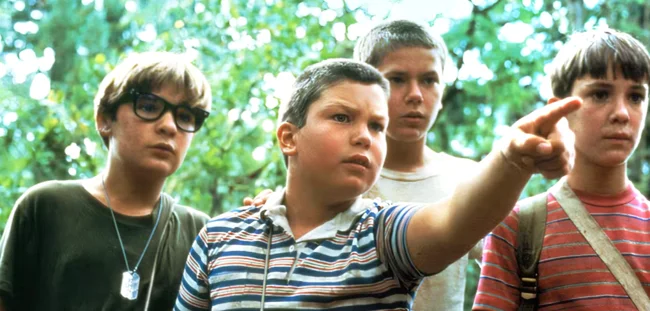
In court, Andy says he threw the gun into the Royal River. This isn't just a random name: the Royal River is a real stream in Maine, Stephen King's home state.
This river also appears in other works by the author, for example, in the novella "The Body" (based on the film "Stand by Me")—it's here that the main characters are attacked by leeches.
This detail is another way to connect the film to King's literary world.
"Irishman" Red - A Joke with a Deep Meaning 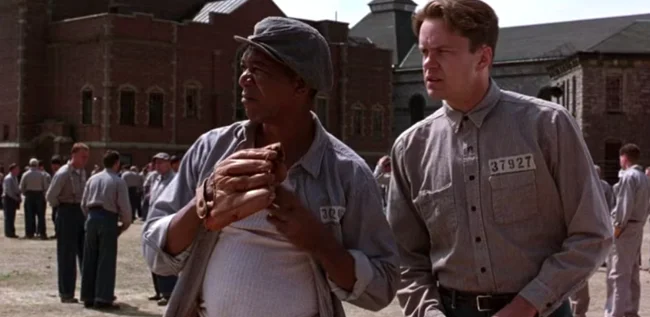
When Red first introduces himself to Andy, he asks why he's called "Red." He smiles and replies, "Maybe because I'm Irish?"—even though Morgan Freeman, who plays the role, clearly isn't Irish.
In fact, in King's original novella, Red was indeed a man of Irish descent—hence the nickname.
The film adaptation had to change this image, but Darabont retained the joke as a tribute to the source material. It's a small reminder that the film is merely a reimagining of the book.
"Gilda" - A Mirror of Andy's Fate 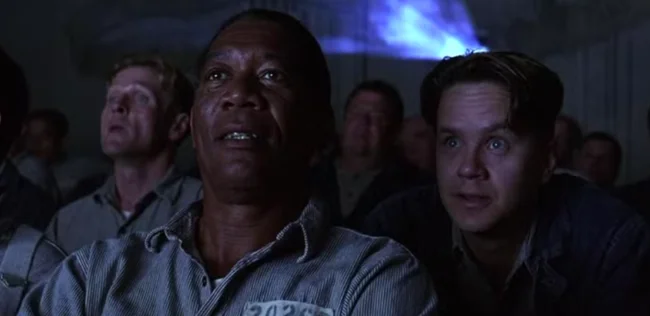
Midway through the film, the prisoners watch an old 1946 film noir, "Gilda," starring Rita Hayworth. It's after this film that Andy asks Red to get a poster of the actress, which will become part of his escape plan.
But the choice of film is no accident: in "Gilda," the woman played by Hayworth finds herself at the center of a drama caused by her husband's jealousy after discovering her affair with another man.
This directly reflects Andy's situation: he is convicted of murdering his wife and her lover, despite actually being innocent. The film within the film becomes a metaphor for his own story—false accusations, jealousy, and tragedy.
Mozart's Opera and Adultery 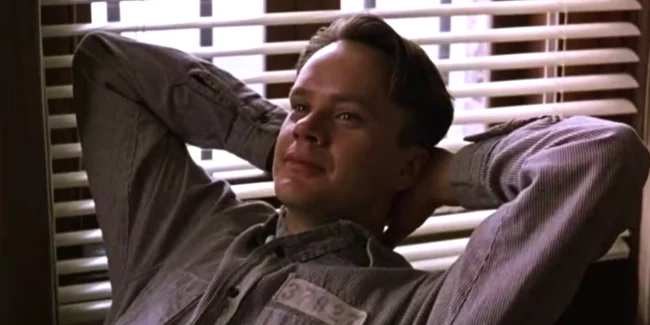
Another artistic nod comes in the scene where Andy plays a recording of Mozart's "Canzonetta Sull' Aria" from "The Marriage of Figaro." He does this without permission, earning him two weeks in solitary confinement, but in return, it gives all the prisoners a moment of pure ecstasy.
The significance of music is especially important here: "Canzonetta Sull' Aria" is the opera in which Countess Figaro addresses her husband, hinting at his infidelity.
Thus, the opera once again raises the theme of marital infidelity—the very same one that formed the basis of Andy's case. This isn't just a beautiful moment—it's another subtle allusion to his fate.
Randall Stevens—a tribute to King's greatest villain 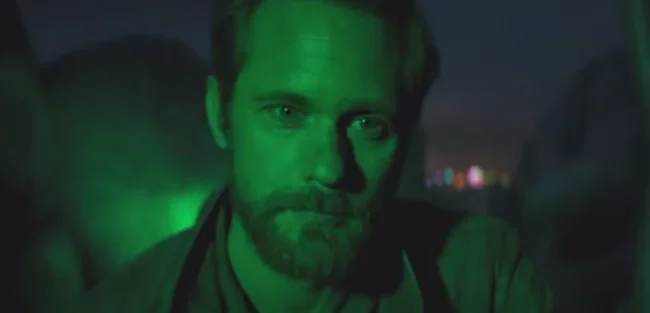
When Andy helps Warden Norton launder money, he creates a fictitious identity—Randall Stevens. This name is a reference to one of Stephen King's most famous antagonists, Randall Flagg, a sinister figure who appears in works like The Dark Tower.
In the original novella, the hero uses the name Peter Stevens, but Darabont decided to change it to honor one of King's favorite characters. This is another example of how the film intertwines with the author's literary world.
"Pipe Dreams" - Prophecy 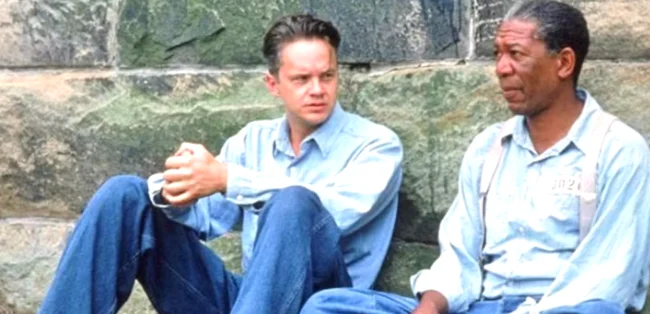
Before escaping, Andy tells Red of his dream of starting a new life in the Mexican town of Zihuatanejo. Red replies, "That's a crazy pipe dream." A short time later, Andy escapes by crawling through a sewer pipe clogged with excrement.
The choice of the word "unrealistic" here is no accident. It's an almost ironic prediction: yes, his dream seems crazy... but it comes true. And the filth he passes through symbolizes purification and the birth of new life.
Box 237 is a reference to The Shining 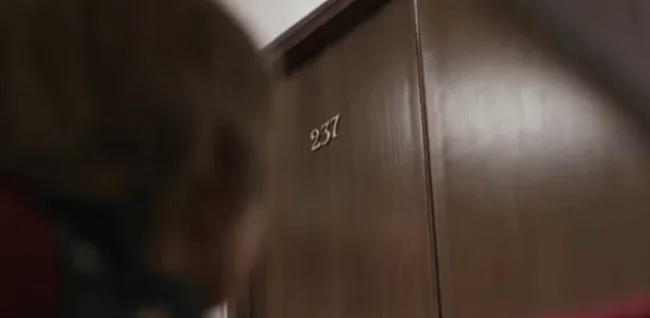
After Andy's escape, Red is brought in for questioning. The guard calls out his cell number—237. This number is familiar to every Stephen King fan: it's room 237 at the Overlook Hotel in The Shining, home to the sinister woman who died in her bathtub.
This room also became iconic in Kubrick's film adaptation.
Frank Darabont included this number intentionally—as another homage to King's world. It's a small but important detail that unites the two different works.
The Bible Foretold the Main Character's Escape 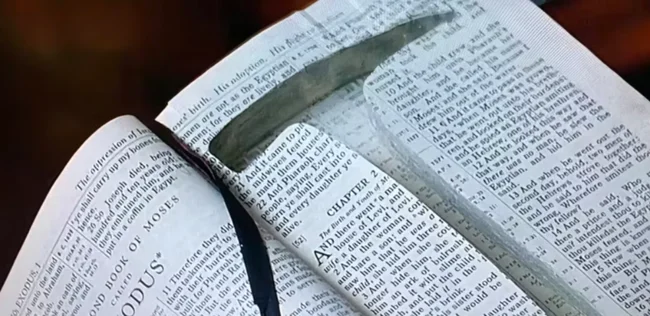
Andy hides his jackhammer in the one place the guards won't look—the Bible. When Warden Norton finds the book after his escape, he utters the famous phrase: "The Lord is in my heart... and in my Bible."
But when he opens it, he discovers the pages have been cut out—and where the sacred text should be, there lies a hammer.
The cut is in the Book of Exodus—the very book in which Moses leads the Jewish people out of slavery in Egypt. It's the perfect metaphor: Andy, like Moses, makes his own escape from captivity. His tool is hidden in the story of freedom—an irony worthy of the most brilliant plan.
Red never smokes 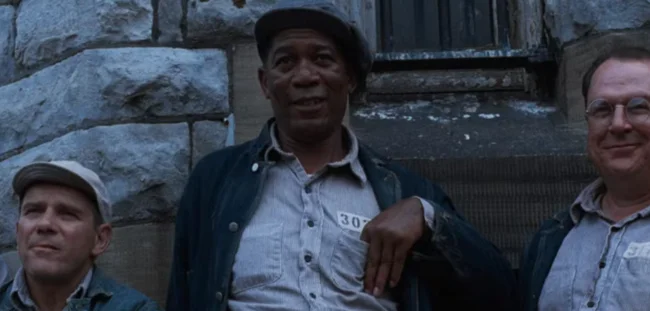
Red claims Andy cost him two packs of cigarettes—a wager on which of the newbies would crack on the first night. Throughout the film, Red deals in cigarettes—the main currency in prison. He gets them for others, organizes supplies, and gains their trust.
Yet we never see him smoke himself. Not once. It turns out he's smuggling not for himself, but for his comrades—and for profit, of course. This detail shows how much Red is a man who is used to living within the system, but still retains his humanity.






























